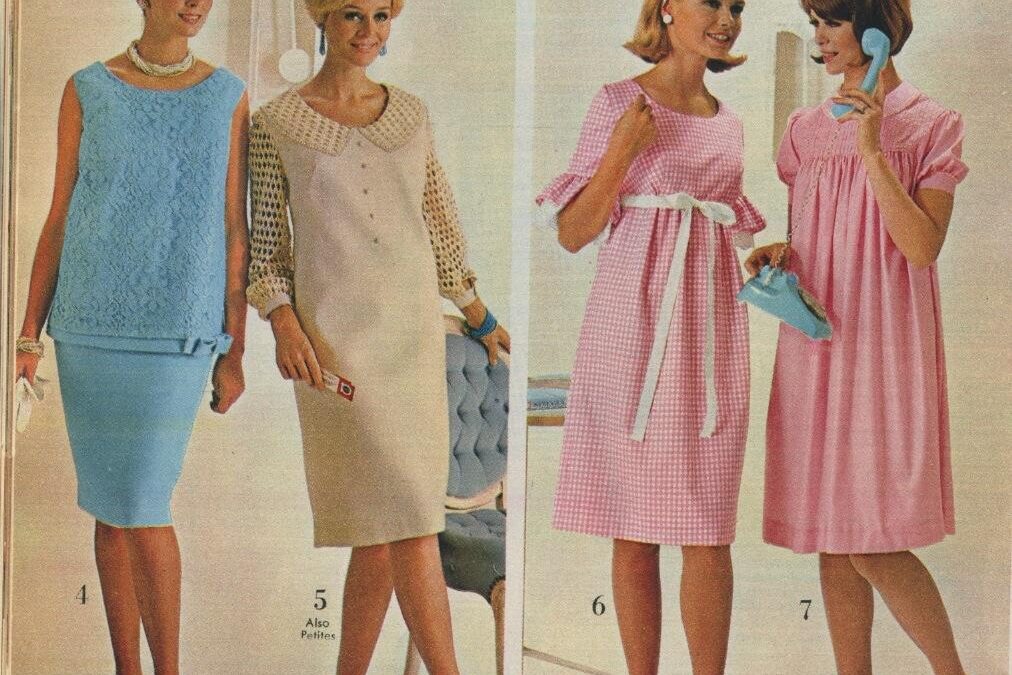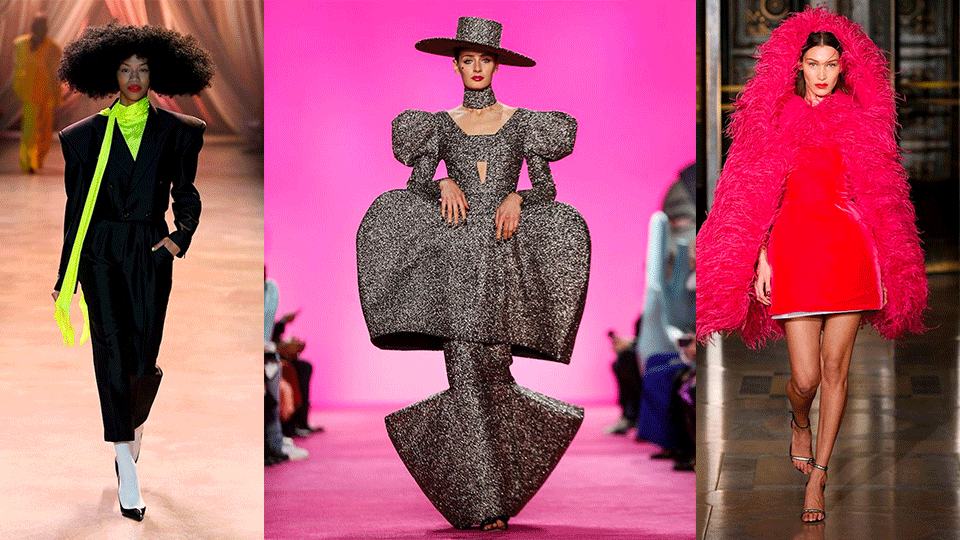- À New Wave to Fashion, À New Way of Living. Download Now on iOS Android Canada SS22
- hello@alahausse.ca
The History of Future and Fashion

Feeling good, Looking Better; Through Sustainable Fabrics
January 10, 2023
3D Printed Fashion Revolutionizing the Industry
January 10, 2023- #HAUSSEPEOPLE
- #WEARYOURPURPOSE
- 2000s
- 2022 trends
- 80s
- 90s
- Affordable
- Circular Economy
- Circular Fashion
- Circular Fashion Economy
- Conscious Buying
- Consumers
- early 2000s
- eco-conscious
- Eco-friendly Fashion
- Fair Trade
- Fashion
- Fashion Industry
- Fashion innovation
- Fashion Market
- Fashion Technology
- Future
- Future Fashion
- future of fashion
- Futurism
- history
- Innovation
- movies
- science
- Sustainability
- Sustainable Fashion
- Sustainable Global Goals
- Technology and Innovation
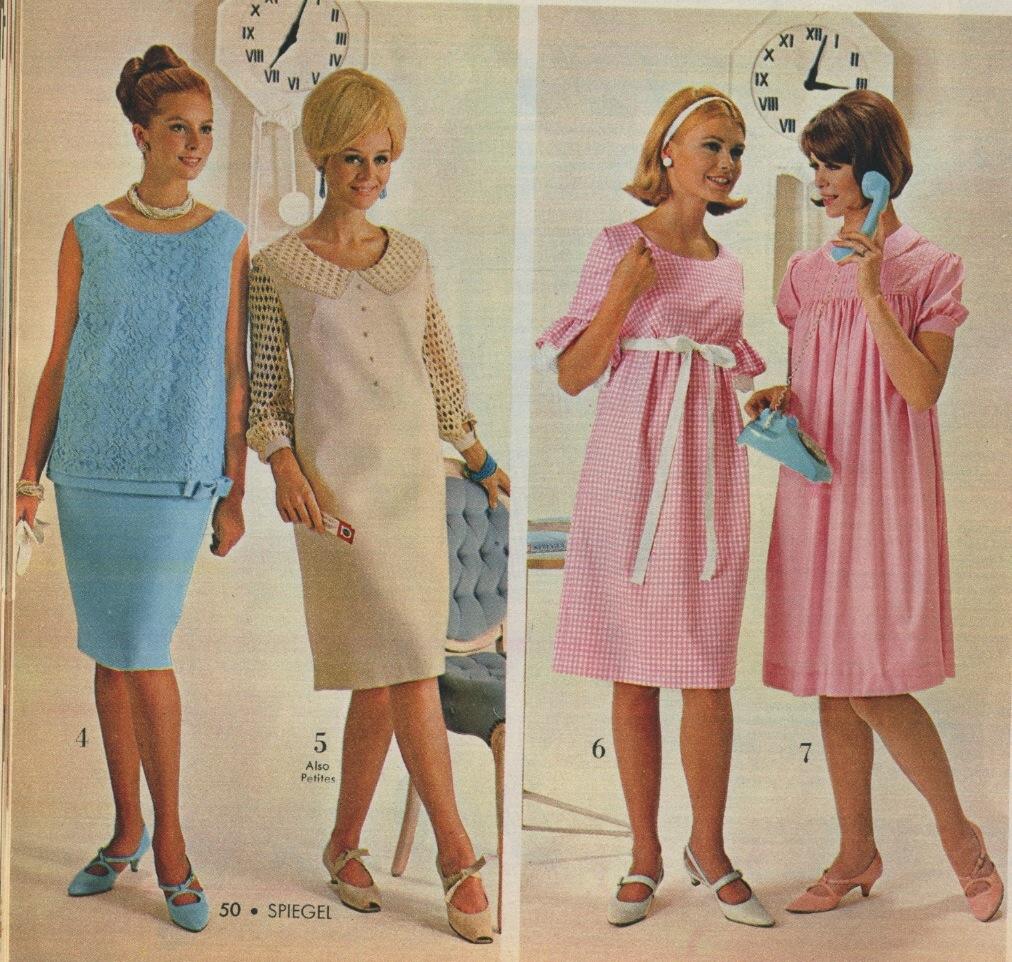
Written by: Dylan Stoll
When film producers imagine the future, world building is incredibly important. The greenery and life that you may see or the infrastructure and architecture are all meticulously chosen to capture the imagination of the viewer, bringing them into a vision of the future that is intended to be alien to the reality we exist in today.
It may seem easy, but it’s actually a very difficult process. Not unlike imagining a color that has never existed, as a science-fiction world builder, your task is to create something that has never been seen before. You have to create an entirely new reality, one that stands on the shoulders of our own, but also looks different enough to tell the viewer that “this is not the present day”.

It's All in the Details
Though difficult, the director’s vision of the future can be achieved through the addition of more and more detail. This includes the aforementioned flora and fauna of the future as well as the architectures and infrastructures that may be present in a futuristic society, but it can also include other details, like the people; the way they speak, the way they hold themselves, the way they interact with one another and the world around them; if the people don’t feel and appear true to their environment, the proverbial fourth wall as they say can be inadvertently broken down, leaving the film as a whole in a much worse state.
Old-Timey Future Fashion
The fashion of sci fi films has changed vastly since the earlier years of filmmaking. With films like Aelita (1924) and Metropolis (1927) gaining worldwide acclaim, much of the fashion associated with the films remained iconic for decades. Characters in such films were often fitted with gold or silver-colored shiny garments with strange cuts and outlandish, frivolous decore, the kind that appeared to almost be nonsensical, sacrificing utility for appearance.
Interestingly, not all film producers saw such a shiny and glossy picture of the future. Some even decided to portray the future much like the past. In the films Just Imagine (1930), Captive Women (1952), and April 2000 (1952), many of the characters are wearing garments that one may have seen in the 1800’s. A peculiar mixture of long coats with coattails, top hats and random, electrical devices, even simple fabric toga-like coverings portray a vision of the future that embodies the idea that old trends tend to resurface.
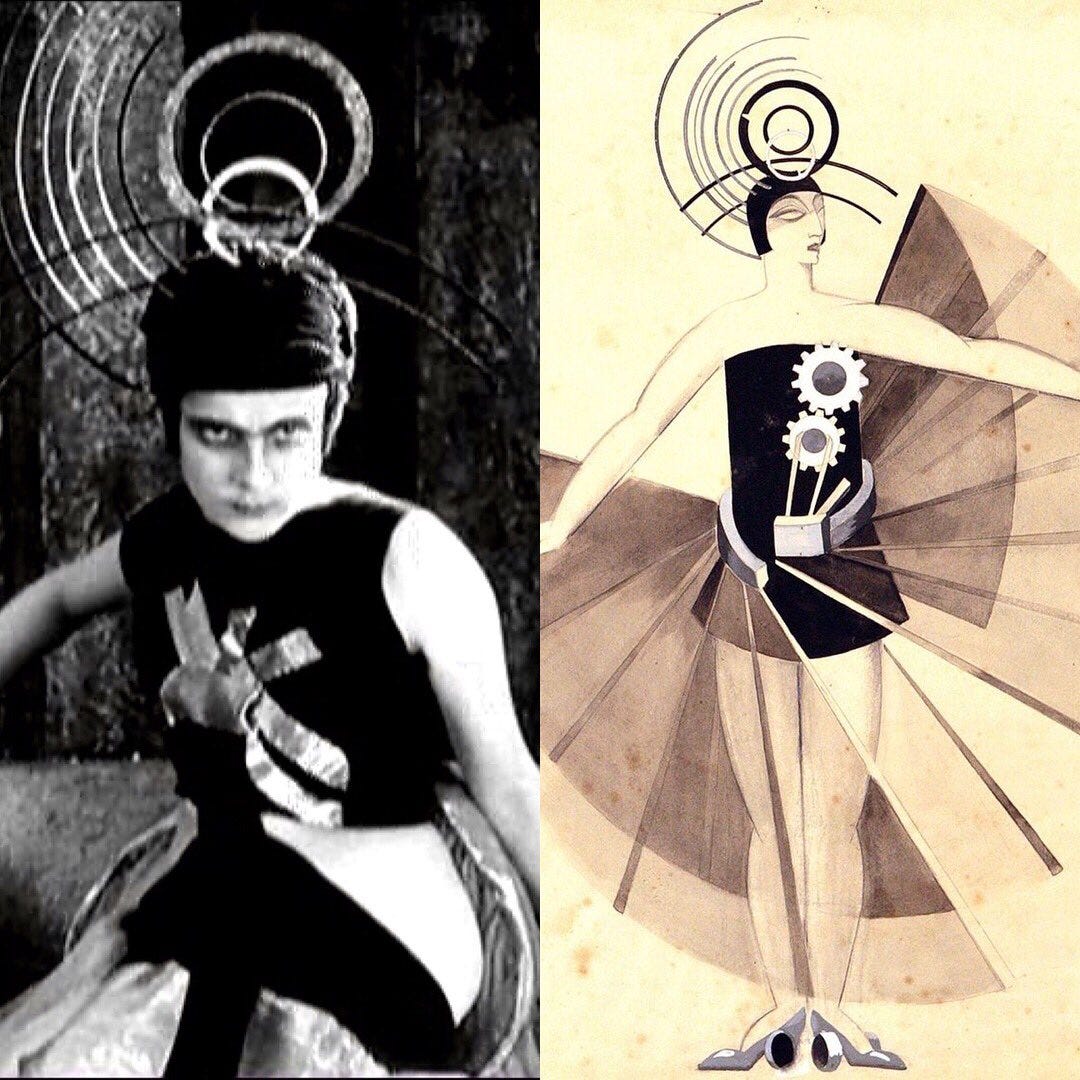
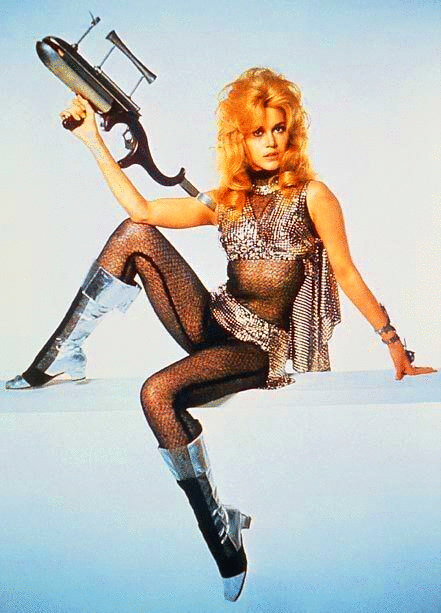
The 60's and 70's
Much of the sci-fi fashion of the 60s can be attributed to a single french fashion designer by the name of Paco Rabanne. When Rabanne was at the design helm, the men and women of the future were depicted in a very sexualized, sleek and colorful way. For example, in the film Barbarella (1968), the actress Jane Fonda is seen wearing Rabanne’s infamous tiny green cosmosuit, a shining, tassel-covered cheerleader outfit from space that leaves little to the viewer’s imagination.
The sexualization of the future did not end there. With the sci-fi classic Logan’s Run (1976), there came plenty of interesting stylistic choices by costume designer Bill Thomas, but much less fabric. Many of the characters are seen scantily clad in synthetic materials like spandex and lycra, wearing clothing that is designed to both accentuate and reveal physical features. Short skirts, sideless dresses, and sheer coverings make up much of the costume choices, painting a glamorized picture of the future that seems to say that ‘the world of tomorrow is for the young and beautiful’.
Though much of the sci-fi fashion of the 70’s exhibited this same promiscuity, Italian fashion designer Milena Canonero took it in the opposite direction with the notorious film A Clockwork Orange (1971). The fashion of this film was characteristically a paradoxical amalgamation of both rebellion and conformity. The clothing in some respects is seen as somewhat conservative; however, the way it is worn, and in what combinations, says the opposite. For example, the leader of the droogs ( a fictional street gang of future London) is seen wearing a white jumpsuit that looks eerily like something a patient would wear at an insane asylum. However, what really takes the ensemble home is the bowler cap, a simple, yet elegant addition that leads one to believe that the characters of this film may actually be hiding some culture.
The 80's and 90's
Though some costume designers in the 80’s and 90’s stayed true to their 70’s sci-fi roots, sci-fi fashion of the era in many cases went in a very different direction. Films like Escape from New York (1981), Terminator (1984), and Aliens (1986) all portrayed a very dark, gritty vision of the future where most people wear clothing less for appearance and more for utility. Baggy, militaristic outfits consisting of plenty of pockets, camo, and leather fostered a distinct 80’s action vibe within the sci-fi genre, producing such iconic looks as Kurt Russel’s eye-patch wearing Snake Plissken, and Arnold schwarzenegger’s leather-clad T-800 Terminator.
The military men and women of the future stayed chic on set with films like Total Recall (1990) and Soldier (1996), a persistence of 80’s style that lasted well into the 90’s and even the early 2000’s as action films dominated both modern and futuristic film genres. If designers of this era had anything to say about future fashion, it’s ‘hand me the ammo’.


The Early 2000's
The early 2000’s brought fashion of the future back to the past, incorporating that same 70’s-esque sex appeal with sleek jumpsuits and barely-there apparel, but ditching the dated fabrics for a more refined, modern, leather-latex rendition. Films like AI: Artificial Intelligence (2001), Equilibrium (2002), and Aeon Flux (2005), all display that same well-fit leather-latex aesthetic. However, what differentiates this style from it’s 70’s counterpart is that these outfits still appear to be very utilitarian; a change that was likely made to add to the hyper-realistic, near future vibe of films within this decade.
As for the modern age, the vision of the future essentially became an even more refined version of the early 2000’s. What can only be described as ultra-hyper realistic, the style of the most recent decade’s best sci-fi films like Prometheus (2012), Oblivion (2013), and Bladerunner 2049 (2017) all maintain that appearance of near-perfection. Impeccably clean, perfectly cut, almost geometric attire appears entirely surreal when placed against the equally perfect architectural background, a choice of costume design and set construction that seems to reflect a vision of humanity’s future as God-like, and omnipotent.
A Future we Decide
Fashion in science fiction can be awkward and strange, or sleek and sophisticated, but the end result in both cases is something that can be incredibly inspiring. When we see our favorite characters envisioned in a way that reflects the future they come from, we tend to empathize with that character, and in so doing, we vicariously inhabit that very same universe. Be it a dystopian nightmare, or a utopian paradise, these films, when done correctly, can truly encaptivate the viewer’s reality, providing an excellent platform for messages related to sustainability, conscientious decision-making, and the future of humanity.
At ÀLA.HAUSSE, we we want to see a future where eco-conscious values are as commonplace as the many other values we hold as human beings. Sci-fi films, and by proxy, their associated fashion, inspire us to push for futures where dystopias will never happen, and where utopias are the common goal. As the infamous Eleanor Roosevelt once said, “The future belongs to those who believe in the beauty of their dreams.”
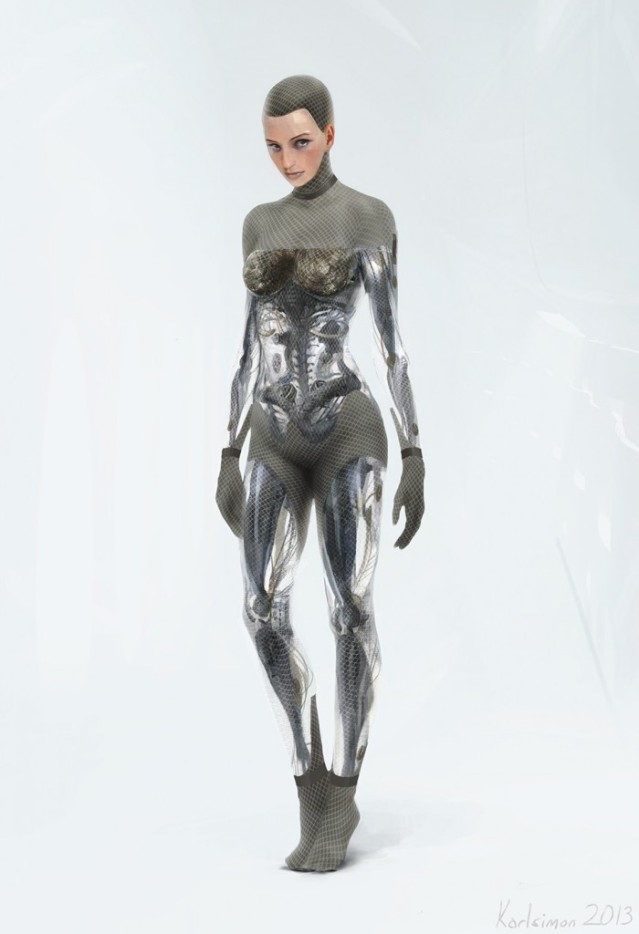
À New Wave to Fashion. À New Way of Living.
Your First and Last Sustainable AI and Social Powered P2P/B2C Multifunctional Ecosystem (BUY/SELL/RENT/LEND/ SWAP/GIFT), for Me and You.
Apple: https://apple.co/3F8EgcJ
Android: https://bit.ly/3f7jEY3
Via ÀLA.HAUSSE’s Multi-functional and Multi-purposeful Fashion Ecosystem- BUY/SELL/RENT/LEND mobile application, INDIVIDUALS & brands ( BETA) are encouraged to REBUY, RESELL, REUSE and UP-CYCLE their personal “Clossets” aka Clothing Assets. Through this consumerism habit shift we slow down the urgency on fashion carbon footprint, aiding sustainability as a whole.
Launching NOW on iOS Android Canada
Give me a read: shorturl.at/rIMT8
More stories on www.alahausse.ca, Medium & Hackernoon. Follow & Tag @ala.hausse
#ALAHAUSSE #WEARYOURPURPOSE #HAUSSEPEOPLE
References:
- https://i-d.vice.com/en_uk/article/8xgqax/a-brief-history-of-fashion-designers-imagining-the-clothes-of-the-future
https://slate.com/technology/2017/09/futuristic-fashion-in-movies-from-1923-to-present.html
https://www.elle.com/uk/fashion/trends/longform/a38079/why-fashion-is-obsessed-with-the-future/
